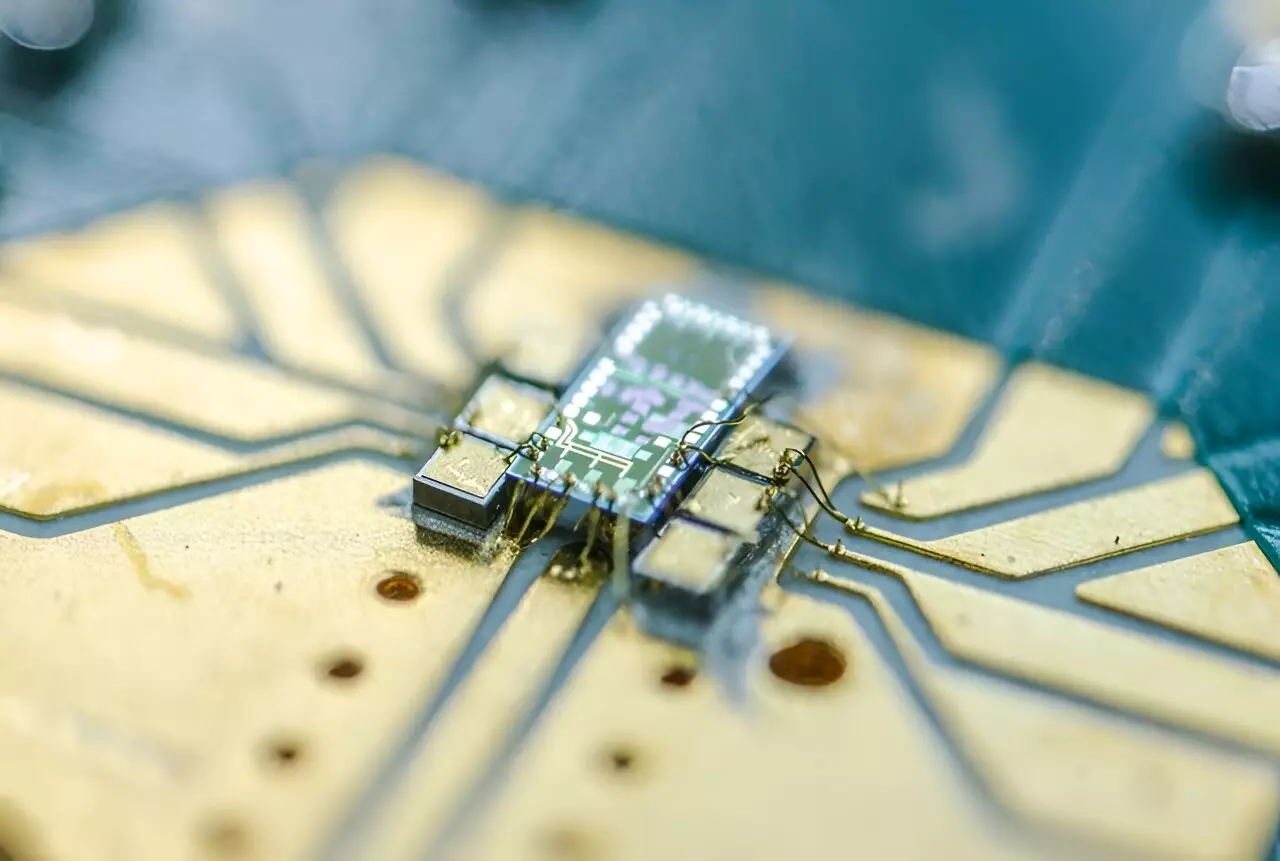Quantum technology has taken a significant step forward with researchers at the University of Bristol achieving a groundbreaking development in integrating the world’s smallest quantum light detector onto a silicon chip. This achievement marks a pivotal moment in the evolution of quantum technologies and brings us closer to a future where high-speed quantum communications and optical quantum computers are a reality.
One of the key challenges in advancing quantum technology is the ability to scale down quantum components without compromising efficiency. The integration of a quantum light detector, smaller than a human hair, onto a silicon chip represents a major advancement in this direction. The compact size of the detector not only makes it fast but also enables high-speed operation of optical quantum computers, paving the way for a new era of information processing.
The quantum light detector developed by the University of Bristol researchers falls into the category of homodyne detectors, which are versatile tools with applications across quantum optics. These detectors, operating at room temperature, can be utilized in quantum communications, sensitive sensors, and even in advanced gravitational wave detectors. Moreover, they hold promise in the design of future quantum computers, highlighting their significance in the realm of quantum technology.
In a recent study, the Bristol team showcased a remarkable improvement in the speed and sensitivity of quantum light detectors by integrating photonics and electronics on a single chip. This integration led to a tenfold increase in speed while reducing the footprint of the detector by a factor of 50. Maintaining sensitivity to quantum noise, which reveals crucial information about quantum states, is essential in the development of efficient quantum technology hardware.
While the recent breakthrough is undeniably significant, there are still challenges to overcome in the realm of quantum technology. Enhancing the efficiency of quantum detectors, exploring diverse applications, and further integrating disruptive quantum technologies into chip-scale devices are areas that require further research. The road to scalable fabrication of quantum technology is one that demands persistent efforts from the scientific community to realize the full potential of quantum technologies.
The integration of quantum light detectors onto silicon chips represents a leap forward in the field of quantum technology. The implications of this breakthrough extend beyond quantum communications and into the realms of sensing, computing, and beyond. As we continue to push the boundaries of what is possible in quantum technologies, it is imperative that we address the challenges of scalability and efficiency to unlock the full potential of this revolutionary field.


Leave a Reply